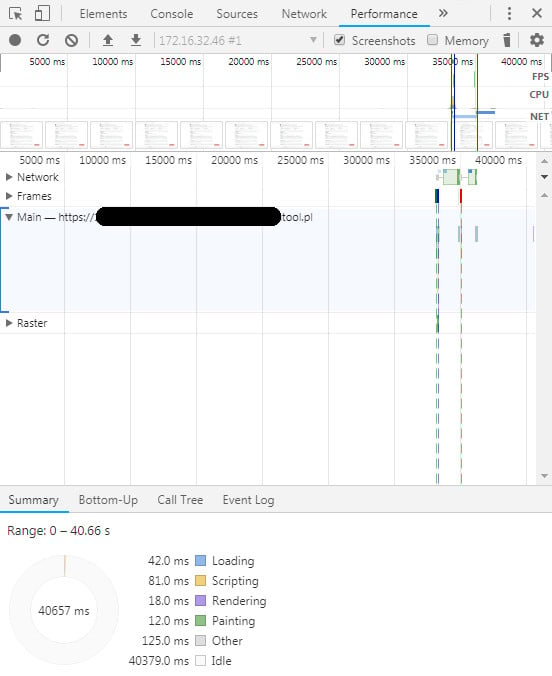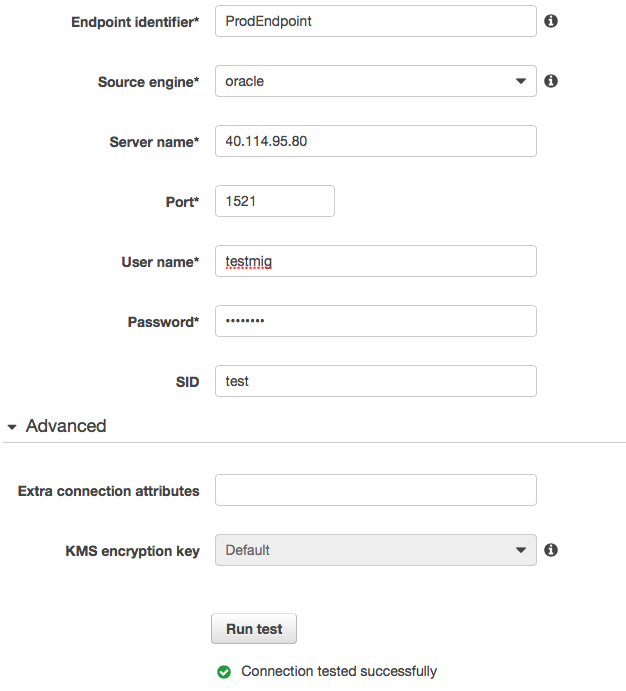Dismantling data silos through cloud integration
- It includes both a data lake and a data warehouse. Data lakes are excellent at storing unstructured, semi-structured and streaming data, but don’t necessarily need the same level of data governance as your data warehouse. A data lake allows you to provide real-time information to developers and data scientists without having to worry about strict governance or warehouse performance slowdowns.
- It’s modular in design. The cloud can help separate storage from compute, along with separating ETL functions, for greater efficiency in a world of big data demands.
- It balances vendor-specific cloud services against multiple cloud platforms. Instead of being locked into one cloud vendor, a good data platform can easily be moved from one vendor to another. The best cloud platforms mix cloud services with open-source components, such as Spark for ETL.
- It’s designed to be easily managed. As data becomes more valuable and more ingrained in the organization, the data platform can take advantage of automation to ensure the highest level of availability, uptime, performance, system updates, security, data scheduling and data integrity.
- It’s designed to minimize ongoing operational costs. Performing transformations outside the data warehouse helps save on processing costs, while using open-source components helps with licensing costs. And using cloud services such as DBaaS eliminates operations costs typically associated with on-prem solutions.
On this page
Share this
Share this
More resources
Learn more about Pythian by reading the following blogs and articles.
Do You Know If Your Database Is Slow?
![]()
Do You Know If Your Database Is Slow?
Jun 25, 2013 12:00:00 AM
8
min read
Lessons learned from debugging application performance in Cloud


Lessons learned from debugging application performance in Cloud
Jan 16, 2019 12:00:00 AM
4
min read
Amazon database migration service - first try


Amazon database migration service - first try
Mar 28, 2016 12:00:00 AM
6
min read
Ready to unlock value from your data?
With Pythian, you can accomplish your data transformation goals and more.
